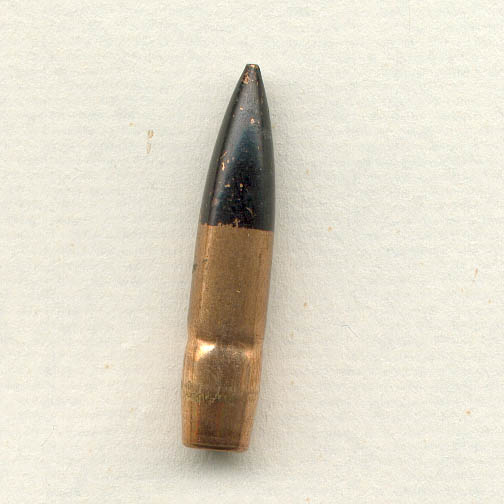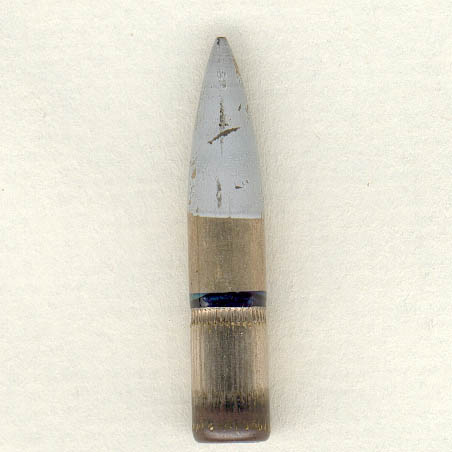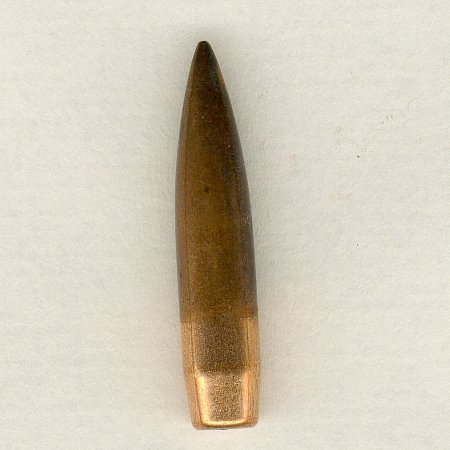Originally posted by JASmith
View Post
We also seem to assume that lead-free must be implemented with iron or steel. While iron and steel are about as inexpensive as one can get, and economy is one of the reasons a lot of bullets and cases are made from steel, denser "green' materials exist but are more expensive.





Leave a comment: